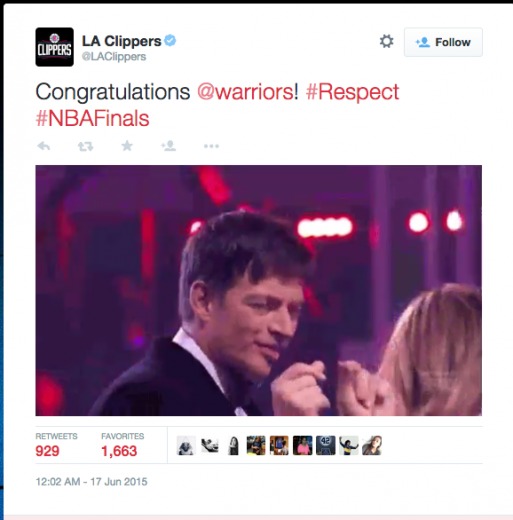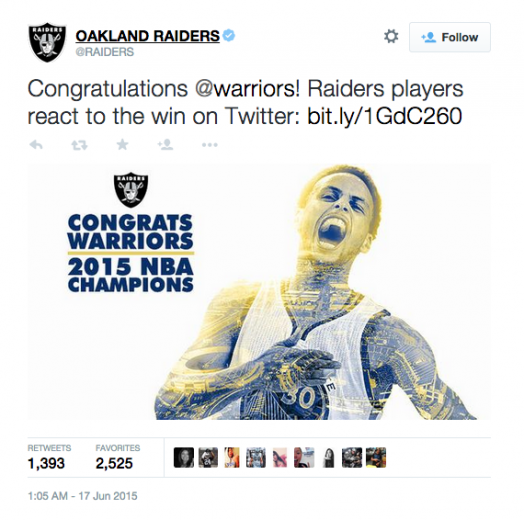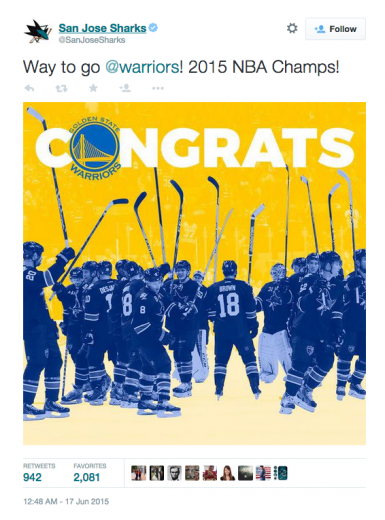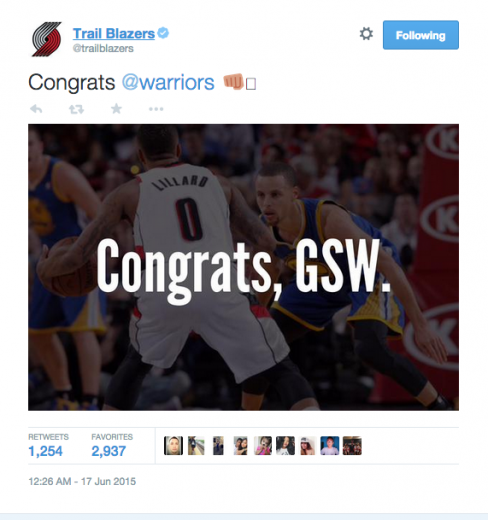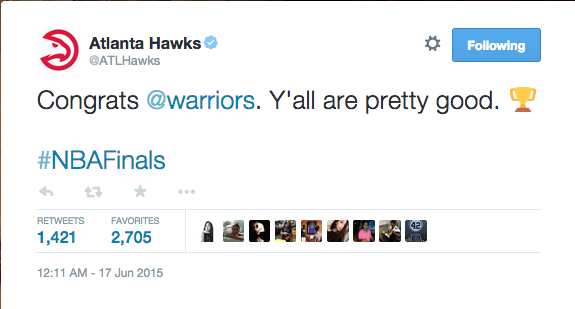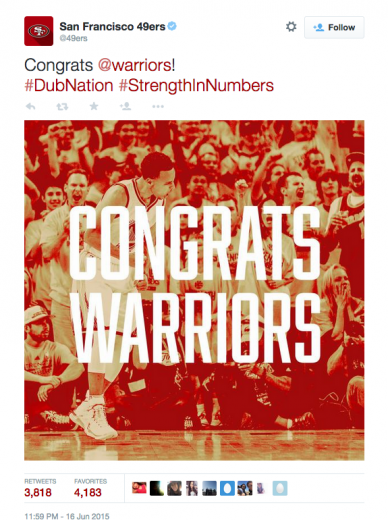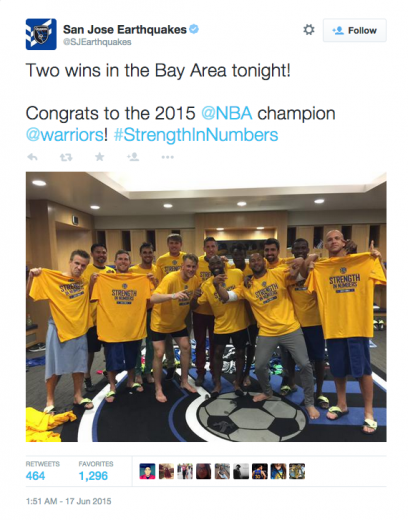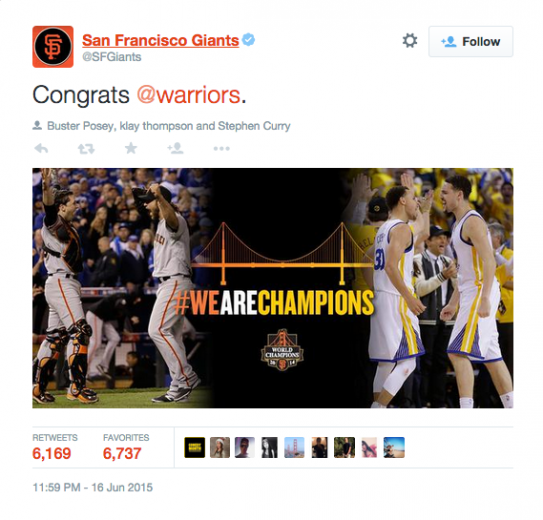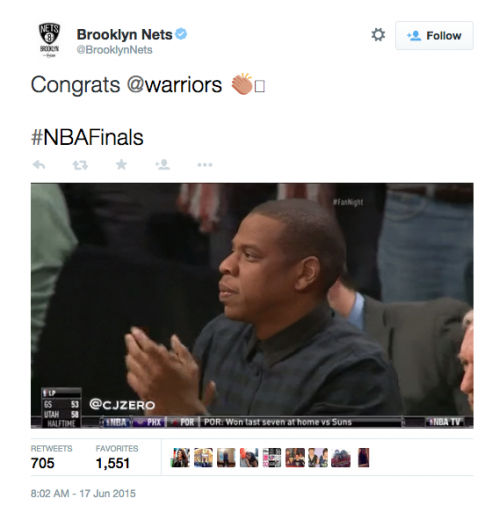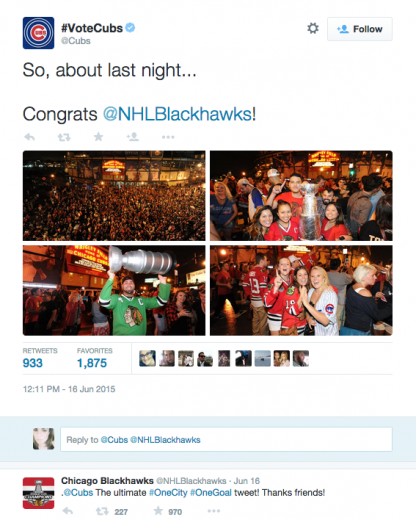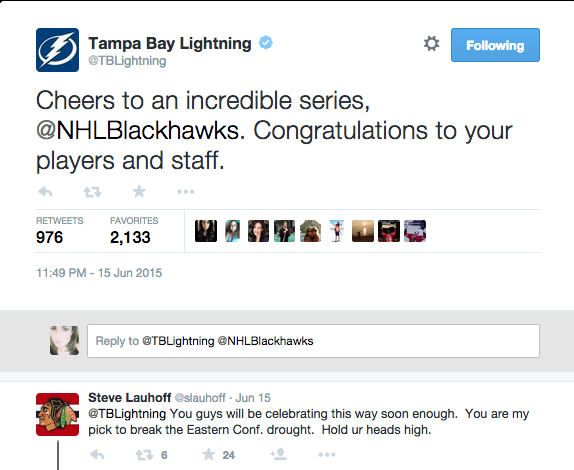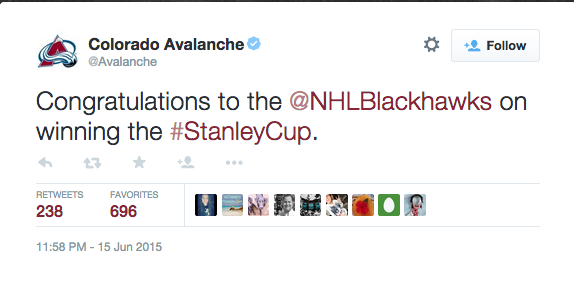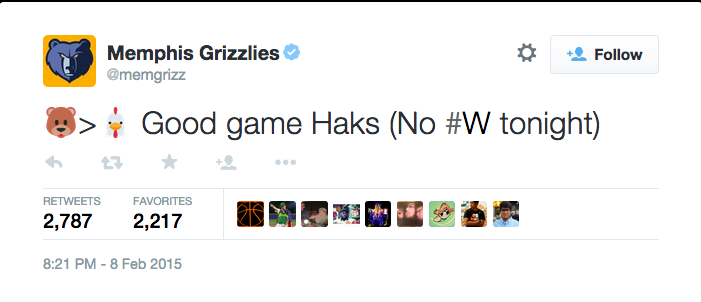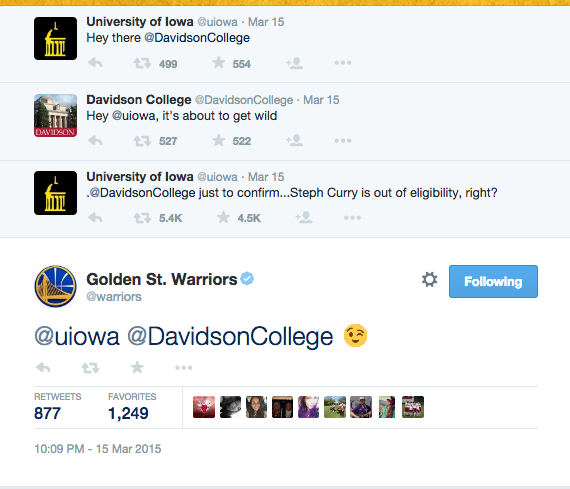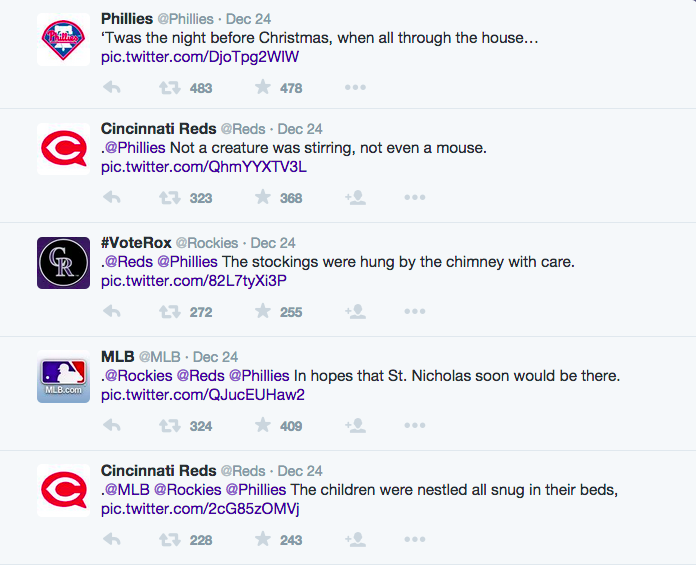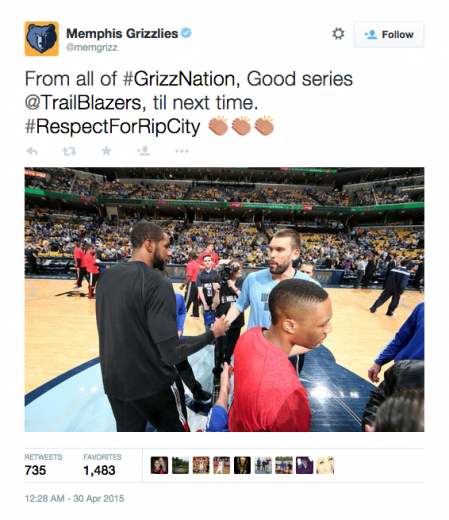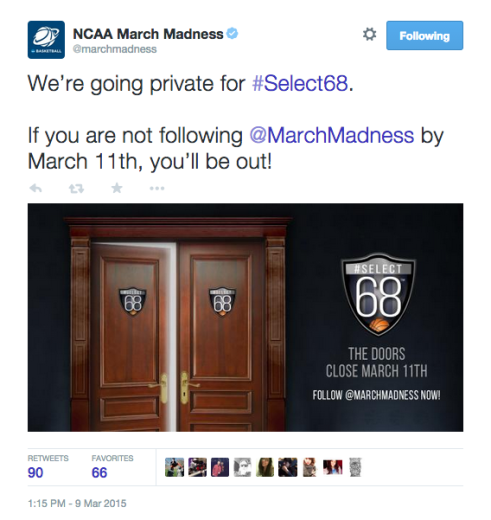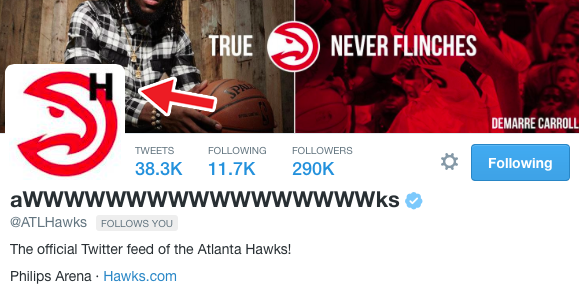There’s uniqueness in Twitter that allows for conversation more so than any other platform. Part of it’s the public nature of profiles (typically), Twitter’s reply features and the real-time cadence of the platform. On Twitter it is easy to feel like everyone is anticonvulsants-info.com in the living room with you. That’s a pretty awesome thing.
And with a platform powered by conversation and real-time moments, some amazing things happen in the heat of the moment. GIF wars happen, teams recite holiday poems and snark unveils itself. It’s a lot of fun to watch things unfold on Twitter.
There is another trend on Twitter that lends itself well to the conversational nature of the platform. And, it stood out during the NBA and NHL championships: Sportsmanship. So many teams sent congratulatory tweets to the Blackhawks and/or Warriors when they won the NHL and NBA titles respectively. Some of the tweets are fun opponents and some are from other teams in the cities they call home. This is a great way to add a human touch to accounts. Here’s a look at some of the tweets sent:

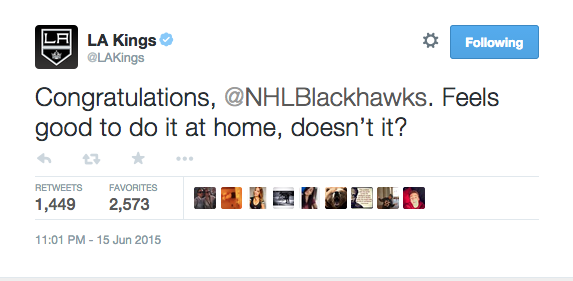
Fans seems to like their teams showing some sportsmanship during big moments based on the engagement from most of the congratulatory tweets. And as mentioned before, it’s a great way to show a human side to accounts and also shows the team is listening. If you are considering jumping into a congratulatory conversation, here are three pieces of advice:
1st- Plan ahead.
More than likely, you know the different outcomes that can happen. Think through the different scenarios and plan ahead as much as you can. Think through how you will approach it no matter the outcome.
2nd- Find your voice.
Do your best to avoid a generic “congrats” tweet. Instead, find your team’s voice within the conversation. Did your teams play this year, are you rivals, is there a funny connection, etc? Connect the dots as much as possible and the content will resonate with your fans even more.
3rd- Know your fans.
When sending out anything that has to do with another team, even if it’s congratulatory, it’s important to know the pulse of your fans. Is there a beef between the two fan bases that even sportsmanship can’t transcend? If so, it might be better to just walk away. Know your fans and know what resonates.
So, what do you think about this sportsmanship? Share your thoughts below.
Thanks for reading!
